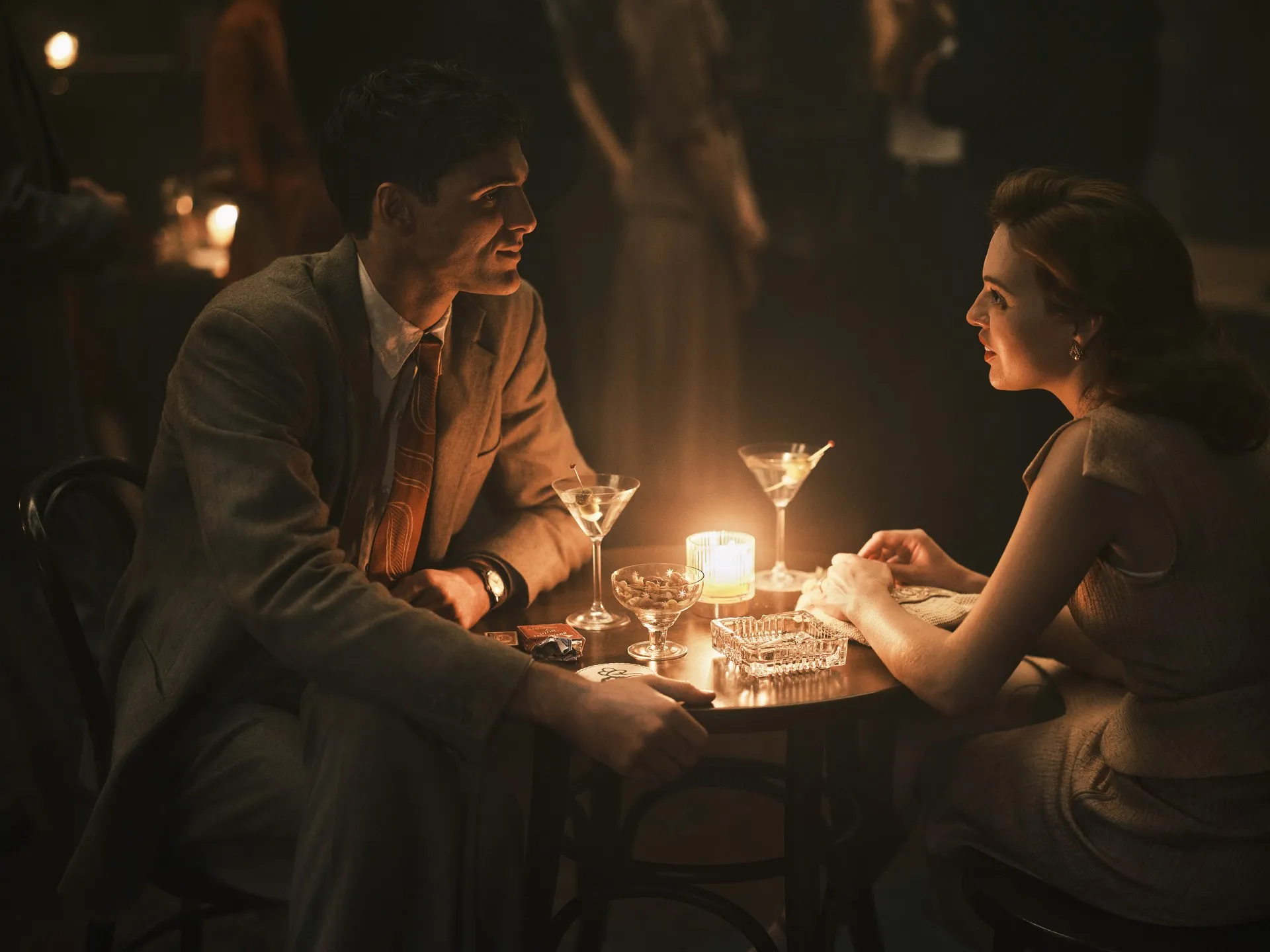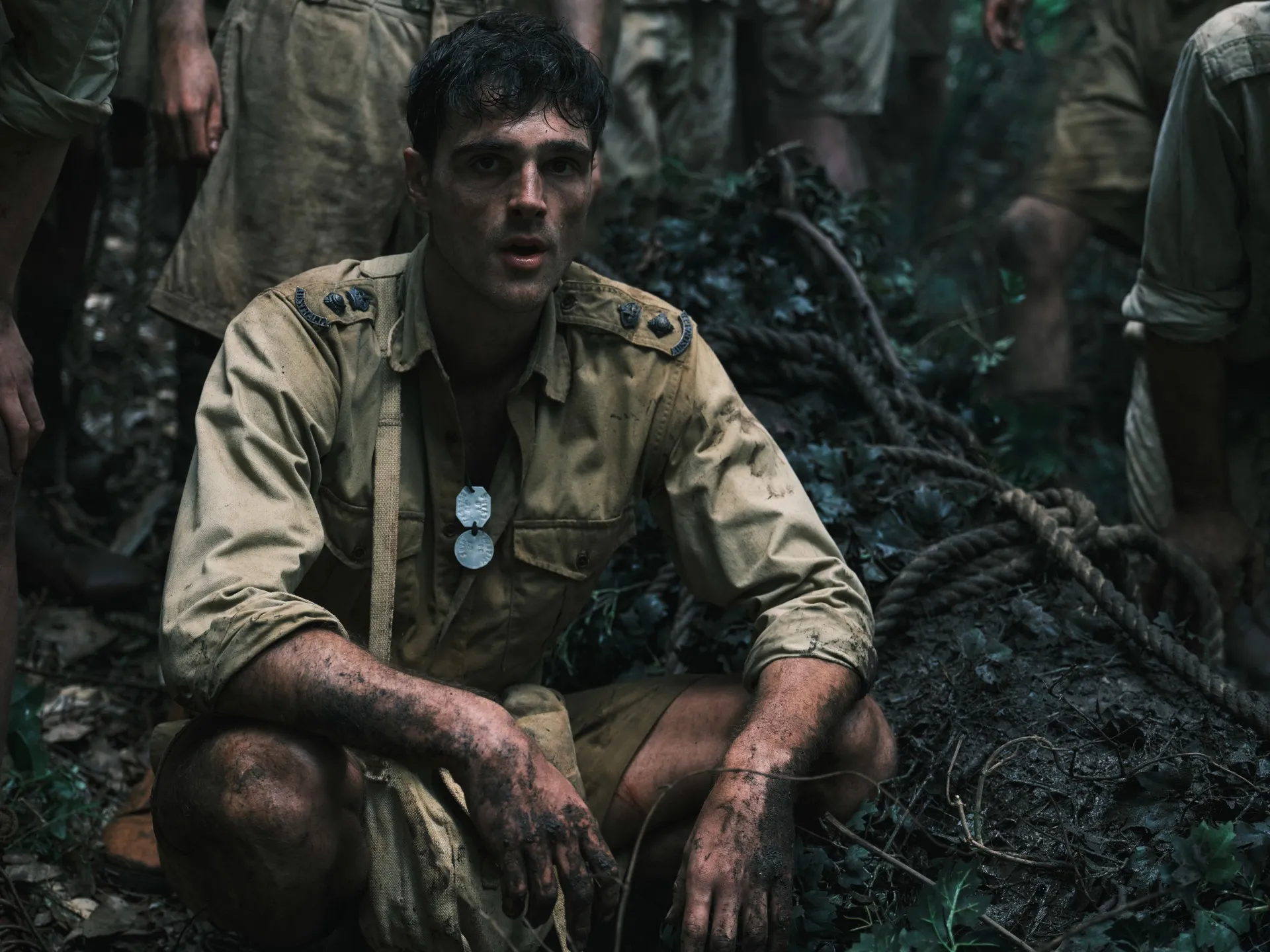Richard Flanagan’s award-winning novel emerges as a screen adaptation exploring World War II’s turmoil and its profound personal consequences. The narrative tracks Dorrigo Evans through different life stages: a young man facing conflicting emotions, a prisoner enduring extreme challenges, and later a respected surgeon carrying deep psychological scars.
The series uses multiple timelines to reveal complex human experiences against a backdrop of historical conflict, presenting viewers with a textured story that breaks traditional storytelling structures.
Director Justin Kurzel crafts a visual approach that connects personal struggles with broader historical contexts. His method of transforming a complex literary work into screen narrative focuses on human emotion and historical precision. The project explores contemporary storytelling through strategic narrative techniques and careful character development.
Engaging with current social conversations, the series provides a thoughtful perspective on television that challenges existing viewpoints and sparks meaningful dialogue. Its narrative strategies and creative stylistic choices invite viewers to examine media’s role in understanding societal experiences.
Layered Histories and Visual Rhetoric
The narrative explores three periods in Dorrigo Evans’ life. Early scenes depict a time of youthful exploration, where personal dreams and quiet emotions prepare the ground for future events.
The story then shifts into the brutal landscape of conflict; flashbacks expose how moments of violence and deprivation leave permanent scars on human experience. Later segments reveal a man shaped by years of struggle, his daily life haunted by persistent memories.
Storytelling rhythm moves carefully, creating space for reflection amid sudden intense moments. Scene arrangements challenge traditional television structures by blending contemplative instances with raw depictions of wartime challenges. This deliberate approach encourages viewers to consider the silent impacts of conflict seeping into human existence while maintaining narrative momentum.
Visual techniques deepen storytelling impact. Subdued color palettes reflect characters’ internal pressures, connecting screen emotions with historical bleakness. Dialogue remains sparse; quiet moments and carefully constructed silences allow complex feelings to emerge without explicit explanation. Editing techniques create a rhythm that emphasizes past traumas while sharp action sequences remind viewers of war’s constant threat.
Production choices explore contemporary discussions about cultural representation. Actor selections and settings are crafted with precision, revealing conflict’s deep impact on individual identity. Screen storytelling here examines historical experiences by allowing subtle revelations that expose personal and collective struggles through carefully constructed visual narratives.
Character Complexity and Performance Dynamics
The series explores Dorrigo Evans through contrasting performances. Jacob Elordi portrays the young man with quiet depth and subtle strength, his acting revealing both hope and impending struggle.
Ciarán Hinds delivers a measured interpretation, his presence communicating the weight of accumulated memories and unspoken pain. Their portrayals create a complex exploration of a character shaped by conflict, each actor bringing unique emotional textures to different life stages.
Supporting characters enrich the narrative landscape. Amy introduces emotional depth, highlighting tensions between personal desire and social expectations. Uncle Keith’s morally complex role shapes Dorrigo’s internal struggles, challenging viewers’ understanding of moral absolutes. Ella and Lynette’s appearances in later years articulate different emotional landscapes, exposing the complex pressures individuals face from personal history and shifting cultural expectations.
Personal connections emerge as both emotional shelters and sources of tension. Subtle interactions and charged moments reveal the delicate balance between comfort and pain, demonstrating how intimacy can simultaneously heal and wound. Casting decisions and restrained performances offer nuanced commentary on representation.
Screen storytelling here embraces character complexity, inviting viewers to explore deeper human experiences beyond traditional narrative structures. The approach signals an emerging television style that seeks to unpack historical and personal experiences with greater emotional precision.
Themes and Emotional Resonance
Dorrigo’s life reflects deep scars from conflict. Raw portrayals of warfare expose the emotional weight of survival, with violent scenes leaving permanent impressions on his psyche.
Memories—both gentle and painful—shape his core identity, demonstrating how past experiences continuously reshape human understanding. Screen images probe the impact of war on individual and collective human experience.
Romantic connections emerge as emotional counterpoints to war’s brutality. Dorrigo’s intense relationship with Amy, alongside later life interactions, explores human connections amid extreme circumstances. These encounters reveal constant tensions between personal longing and societal expectations. Occasional moments of humor punctuate the narrative, offering brief respite from emotional intensity while challenging traditional storytelling about wartime experiences.
Dorrigo resists simplified heroic descriptions. Screen portrayals reveal a human wrestling with internal conflicts, uncertainty, and societal pressures. His character embodies vulnerability alongside strength, presenting a nuanced exploration of personal struggle.
Quiet moments of self-reflection and subtle emotional shifts suggest human complexity beyond traditional war narratives. Screen storytelling here creates space for deeper examinations of individual experiences during challenging historical periods.
Visual Style, Direction, and Production
The series creates an immersive visual world where each frame carries deep meaning. Cinematography uses subdued colors, expressing war’s somber impact and memory’s lingering presence. Lighting reveals quiet despair in dark moments while illuminating brief hope-filled scenes. Shadow and light interactions communicate internal emotional states without direct explanation.
Sound design shapes narrative atmosphere. Background noises merge with musical elements to create an auditory experience that heightens tension and reflection. Specific scenes use low humming and controlled musical rhythms, suggesting silence communicates complex emotional landscapes. These artistic choices reveal careful storytelling strategies that deepen viewer connections with character experiences.
Editing techniques connect different time periods smoothly. Visual transitions between past and present move elegantly, marking temporal shifts without disrupting narrative flow. Each change reveals character transformations with subtle precision.
Director Justin Kurzel crafts each screen element with careful attention, connecting visual and audio components to explore memory and human emotion. His approach to framing, color selection, and scene composition represents a contemporary television method—selecting measured, intentional storytelling over rapid narrative techniques. Screen strategies illuminate characters’ internal worlds while suggesting new paths for visual storytelling.
Historical Context, Authenticity, and Story Impact
The series explores World War II and the Burma-Thailand railway construction with careful historical precision. Portrayals of forced labor camps create a stark representation of human experiences during extreme circumstances. Production choices use subdued colors and natural light to capture the desolation of wartime suffering. Screen moments balance historical accuracy with emotional depth, allowing viewers to connect with the human stories behind historical events.
Psychological impacts of war emerge as a central theme. Screen narratives investigate how prolonged hardship transforms individual identities. Memory appears as a powerful force that continues shaping human experiences long after conflict ends. Explorations of personal trauma reveal deep connections between individual suffering and broader historical experiences.
Screen storytelling integrates historical details with character-centered approaches. Actors and production techniques communicate authentic human experiences while challenging viewers to understand complex historical moments.
Personal stories intertwine with larger historical patterns, creating conversations about human resilience, cultural memory, and social understanding. Narrative structures invite deeper reflections on how past experiences continue influencing human connections and social perspectives.
The Review
The Narrow Road to the Deep North
This series merges historical authenticity with rich character studies, offering a fresh approach to war drama. Its reflective narrative, measured pacing, and intricate production work raise questions on memory and cultural identity. Strong performances from Elordi and Hinds ground the series in emotional depth, while production design and soundscapes amplify its impact. A promising entry in modern television, it sets a thoughtful tone for future storytelling.
PROS
- Striking cinematography and immersive sound design
- Powerful dual performances that enrich character depth
- Thoughtful narrative structure that interlaces personal history with historical events
CONS
- Non-linear storytelling may challenge some viewer expectations


















































